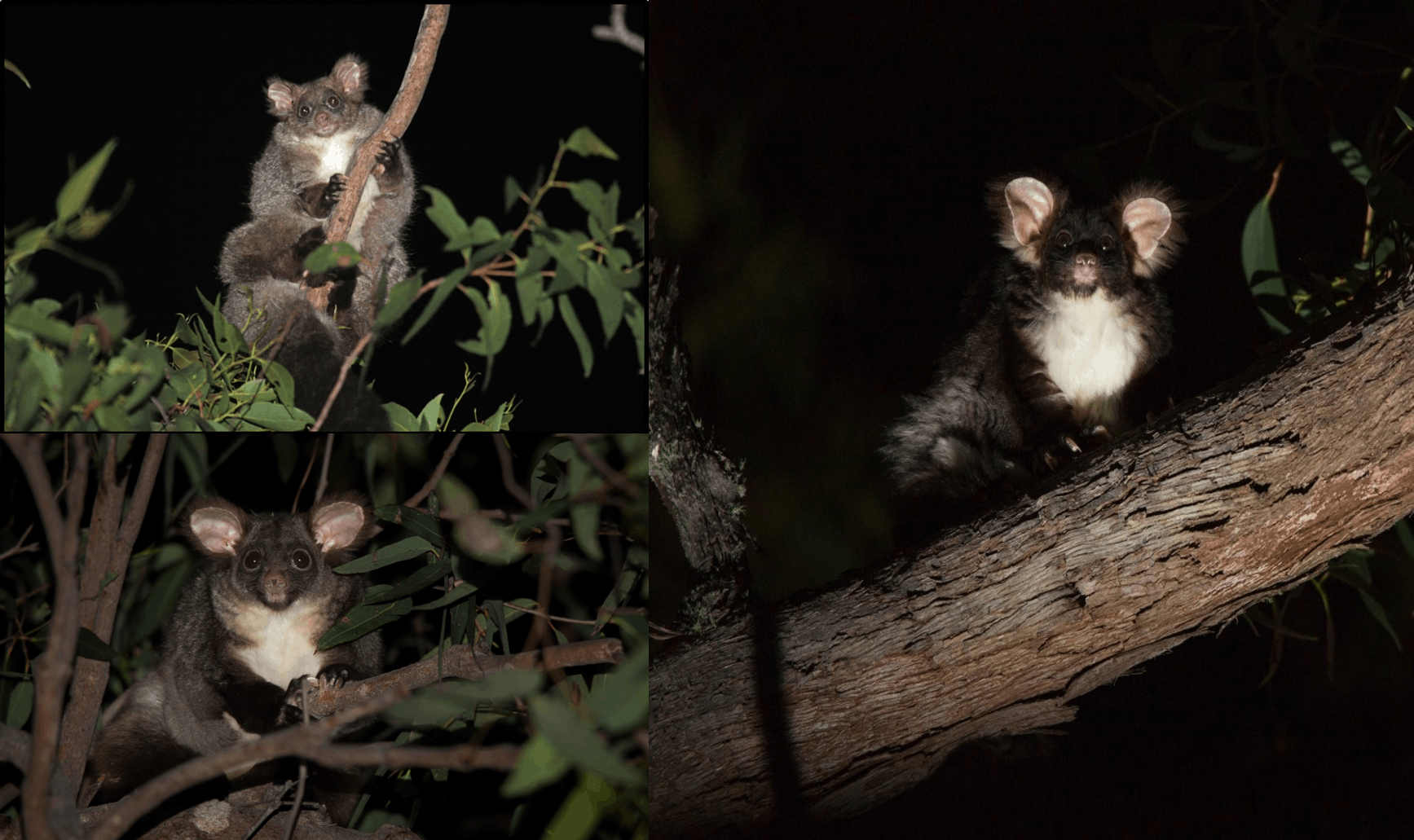
The 30 best countries, cities and regions to visit in 2025
Nov 12, 2020 • 2 min read

The southern species of greater glider, P. volans © Steven Kuiter
Greater gliders are small possum-like marsupials that can soar up to 100 meters between the tall eucalyptus trees and forests that they call home. Native to Australia, until now they have been considered to be one species, but brand new research has revealed that the animals are in fact three separate species. As well as revealing more biodiversity, the find sheds light on conservation needs to ensure the future of greater gliders.
Most closely related to ring-tailed possums, greater gliders are much smaller and have a far more restricted diet, eating only eucalyptus leaves which they rely on for food and water. They can be found in forests along the Great Dividing Range from northern Queensland to southern Victoria. For the first time ever a team of researchers from James Cook University (JCU), the Australian National University (ANU), the University of Canberra and CSIRO used Diversity Arrays (DArT) sequencing to analyse the genetic make-up of animals to confirm a long-held theory that they are in fact multiple species.
"There has been speculation for a while that there was more than one species of greater glider, but now we have proof from the DNA. It changes the whole way we think about them," said Denise McGregor, who co-authored a paper on the topic along with Professor Andrew Krockenberger.

Once common, greater gliders are now considered at risk. They are vulnerable to loss of habitat and disturbance due to a specialized diet of eucalyptus leaves and depend on older trees with hollows large enough for them to shelter in. Data from long-term monitoring sites have also shown a decline and localized population extinctions over the past twenty years. The division of the greater glider into multiple species makes each one’s specific habitat all the more important.
“When you’re looking at conservation statuses of a species, one of the things you look at is how widely distributed are they. Once you then understand that they are three different species, you have a much smaller distribution. It makes the conservation much more critical,” Denise McGregor told Lonely Planet.

Dr Kara Youngentob, a co-author from ANU, also added that the identification and classification of species are essential for effective conservation management. "This year Australia experienced a bushfire season of unprecedented severity, resulting in widespread habitat loss and mortality. As a result, there's been an increased focus on understanding genetic diversity and structure of species to protect resilience in the face of climate change," she said.
A seahorse biologist has won the world’s top animal conservation award
11 cities where you can honor veterans in the United States
How to find a sustainable hotel